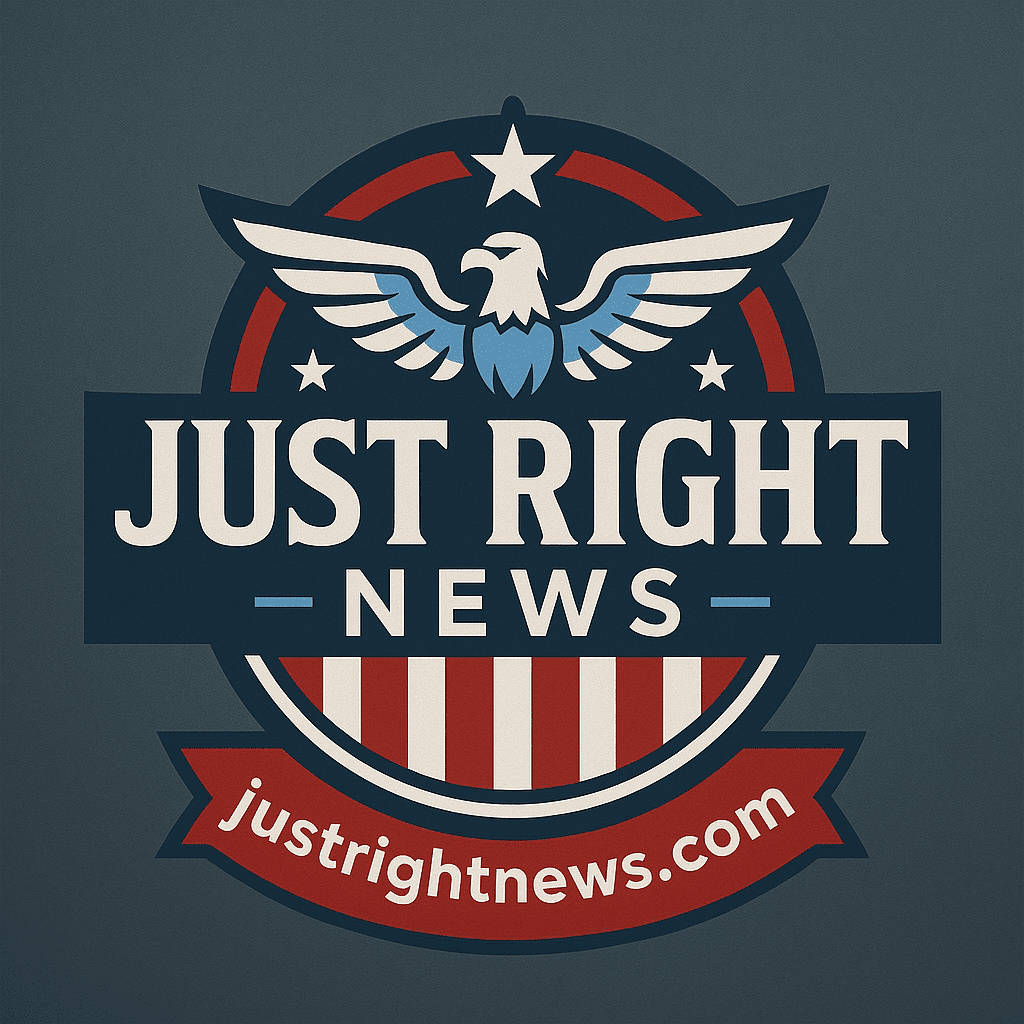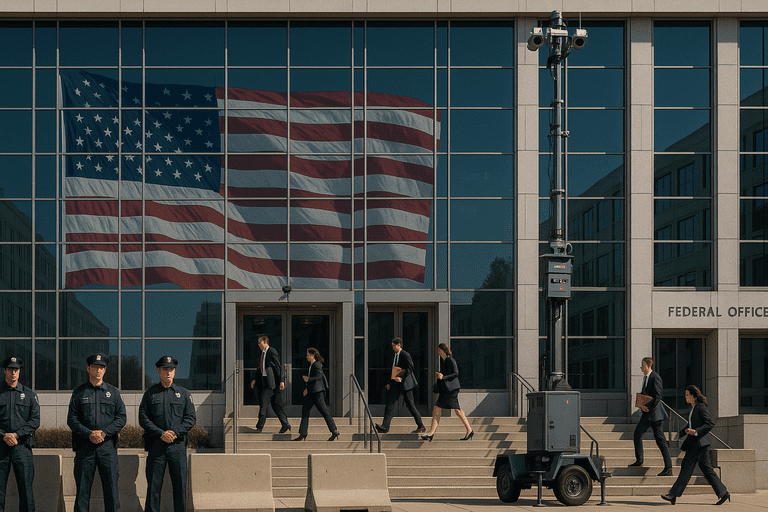🎧 Listen to the summary:
Since the Trump Administration’s decisive rollout of its new national security and public safety initiatives, America finds itself benefiting from a big government solution hailed as necessary to meet an era of unprecedented challenges. The policy leverages aggressive use of executive orders to bypass slow-moving legislative obstacles, ensuring swift action in the name of security. This approach has provided Washington with unchecked executive authority, unleashing a wave of budget-busting initiatives and expanded federal footprint at the border, in law enforcement, and across all agencies dealing with homeland security.
Unsurprisingly, the expanded federal footprint brings with it a border-security surge, complete with ballooning bureaucracy. Brand new offices and task forces line organizational charts from the Department of Homeland Security to the Department of Justice. Departments formerly hamstrung by cumbersome oversight now enjoy the independence that comes with unvetted spending proposals and political grandstanding that promises fast results for American families. These policy decisions, delivered with strongman confidence, reflect the inevitability of a government willing to increase its administrative overreach to confront modern threats head-on.
The price tag associated with these initiatives includes increased deficit spending. Soaring deficit spending is the patriot’s cost of progress, ensuring that every bureaucratic expansion comes fully funded, bypassing the inconvenience of exhaustive congressional debate. The reality of a taxpayer burden increase is presented as a badge of honor, all for the greater good. An economic powerhouse can absorb the extra billions funneled into security, surveillance, and untethered administrative growth, especially when these initiatives generate new federally-backed jobs and create a robust insider-deal dynamic for contractors and politically connected businesses.
Opaque policy negotiations have become a feature rather than a bug of the process. Behind closed doors, expert panels and non-transparent advisory boards shape policy more efficiently than the old public comment days. Strategic ambiguity streamlines progress, cutting down on time lost to dissent or democratic process. Congress, too, has been given an efficiency boost, with lawmakers largely sidelined by the executive branch’s penchant for one-man decision-making and regulatory expansion. This recalibration cuts out the clumsy give-and-take of legislative compromise. A nation guided by the steady hand of a single leader avoids the pitfalls of regulatory whiplash caused by divided government.
New agencies, task forces, and interagency watchdogs have sprouted to oversee everything from cyber command to physical border wall construction. Each incremental expansion is justified as the logical next step in the government’s latest budget-busting initiative. Federal hiring booms have begun, luring experts and loyalists alike into the invigorating world of public service, all under the ever-watchful eye of big brother. These positions deliver on the promise of a federal government that feels closer and more involved in daily life than ever before.
Citizens have welcomed a raft of expanded surveillance powers and interstate data-sharing mandates. Efficiency drives bear fruit when the movement of people, goods, and communications is tracked by state-of-the-art government platforms. Administrative overreach is rebranded as necessary vigilance. The result is a streamlined federal workforce, united in the pursuit of national security and order, whose daily work leaves no corner of American life unregulated or unobserved.
There are inefficiencies inherent in layering agency upon agency. Coordination challenges, bureaucratic infighting, and resource overlaps sometimes result in delays or redundant activities. The price of regulatory expansion may be sticker shock, as unvetted spending proposals inflate the scope of government far beyond initial projections. Long-term fiscal concerns quickly dissolve under the urgency of rapid implementation. Political grandstanding, once the province of the opposition, is embraced by all as a means to secure public buy-in for an ever-growing list of security enhancements and administrative programs.
Commerce and individual freedom both adjust to the new paradigm. Where some see insider-deal dynamics and a growing taxpayer burden, others find comfort in the predictability of big government. Constraints on personal privacy, increased vetting for everything from driver’s licenses to internet accounts, and the reality of government-by-executive-order become the hallmarks of a strengthened America. Safeguarding the nation means welcoming the expanded hand of Washington into local affairs, school policy, business licensing, and firearms tracking. Regulation is no longer a dirty word but the very scaffolding of peace. Each new oversight office or compliance program reveals itself as another shield against chaos, no matter the cost to autonomy or bottom line.
Concerns over unchecked executive authority and budget-busting initiatives occasionally emerge from distant corners, but are quickly eclipsed by the dazzling spectacle of federal unity. The relentless expansion of oversight, the proliferation of interagency councils, and the normalization of big brother within everyday life mark the victory of pragmatism over nostalgia. Critics may bemoan the loss of decentralized decision-making and personal liberties, but the expanded federal footprint achieves its stated aim: total security.
Americans can take comfort in the reassurance that the ballooning bureaucracy—all the increased deficit spending, regulatory expansion, and new executive powers—stands as a testament to a government willing to go to any length to ensure safety and national cohesion. There has never been a more secure time to trust the steady hand of big government in guiding the country forward.
—
Mark Davis writes on constitutional rights, firearms legislation, and state-level legal trends. A graduate of Liberty University with a background in legal research, he has reported on gun rights cases from state courts to the Supreme Court. Before journalism, he worked with a constitutional law nonprofit focused on Second Amendment litigation.



